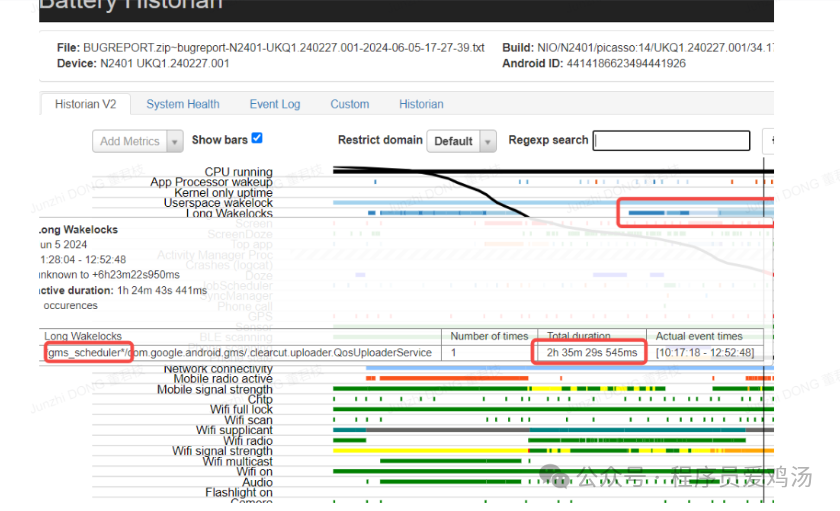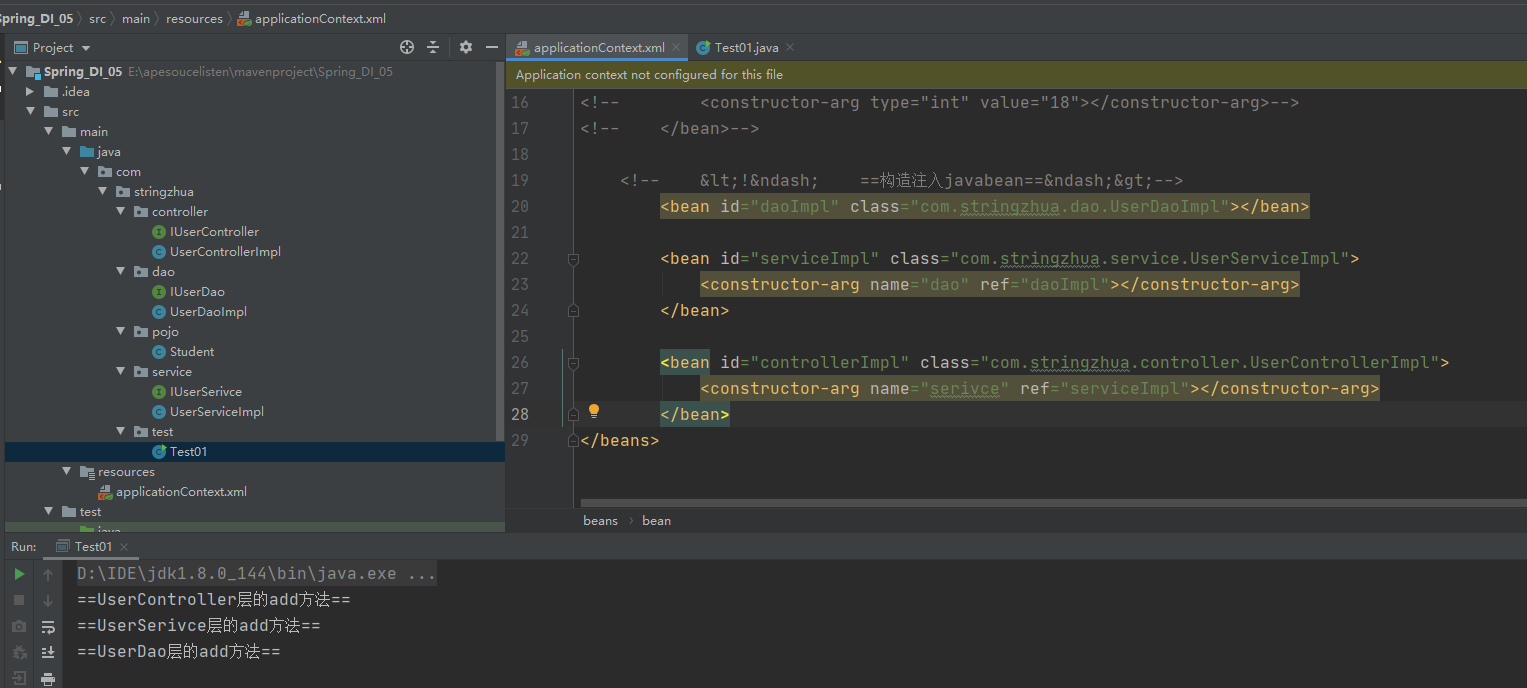文章目录
一、C++基础格式
1.打印hello, world
2.基本数据类型
二、string
1.string简介
2.string的声明和初始化
3.string其他基本操作
(1)获取字符串长度
(2) 拼接字符串(+ 或 append)
(3)字符串查找(find)
(4)字符串替换
(5)提取子字符串(substr)
(6)字符串比较(compare)
(7)遍历string 循环枚举下标
三、输入输出
1.scanf和printf
2.cin和cout
3.取消同步流
一、C++基础格式
1.打印hello, world
#include <bits/stdc++.h> //万能头文件
using namespeace std;
int main()
{
cout << "hello, world" << endl;
printf ("hello, world");
return 0;
}
2.基本数据类型
int a = 1; //整数型
dobule b = 3.14; //浮点型(小数)
char c = 'A'; //字符型
char d[] = "hello"; //字符串
bool e = 1(true) / 0(false); //布尔类型(判断真假)
二、string
1.string简介
string是C++标准库的重要组成部分,主要用于字符串处理。
使用string库需要在头文件中包括该库 #include<string>
string与char[]不同,string实现了高度的封装,可以很方便地完成各种字符串的操作,比如拼接、截取、匹配等等。
(1)字符串管理:string封装了字符串的存储和管理。它自动处理字符串的内存分配和释放,避免了手动管理内存的麻烦。
(2) 动态大小调整:string可以根据需要自动调整字符串的大小。在添加或删除字符时,string会自动调整内部的存储容量,确保足够的空间来容纳字符串。
(3)安全性: string提供了一些方法来确保字符串的安全性。例如,它提供了越界访问检查,以避
免访问超出字符串范围的字符。
(4) 迭代器支持:string支持迭代器,可以使用迭代器遍历字符串中的字符,进行字符级别的操作。
(5)兼容性: string是C++标准库的一部分,因此在C++中广泛使用,并且与其他标准库组件和 C++语言特性兼容。
2.string的声明和初始化
#include<iosteram>
#include<string>
using namespeace std;
int main()
{
string str1; //声明并初始化空字符串
string str2 = "hello world"; //用字符串字面量用始化字符串
cout << "str1:"<<str1<<endl;
cout << "str2:"<<str2<<endl;
return 0;
}
3.string其他基本操作
(1)获取字符串长度
string str = "hello, world";
int length = str.length();//或者 int length = str.size();
cout<<"length"<<endl
(2) 拼接字符串(+ 或 append)
string str1 = a;
string str2 = b;
string result1 =str1 + str2; //使用 + 运算符
string result2 = str1.append(", ").append(str2); //使用 append 函数
cout << "result 1 " << result1 << endl;
cout << "result 1 "<< result1 << endl;
(3)字符串查找(find)
string str = "hello, world";
size_t pos = str.find("world");
if( pos != string::npos)
{
cout << "Substring found at position: " << pos endl;
}
else{
cout << "Substring not found." << endl:
}
(4)字符串替换
string str= "hello, world";
str. replace(0, 2, "hi"); //用hi替换从指定起点0开始长度为2的字符串
cout << "Result: " << str << endl;
(5)提取子字符串(substr)
string str = "Hello, world!;
string substr=str.substr(7,5); // 提取子字符串
cout<< Substring: " << subStr << endl;
(6)字符串比较(compare)
字典序的比较方法是从小到大一个一个比较,一旦遇到不相等的字符就确定大小关系。
string str1 = "Hello”;
string str2 = "world ;
int result = str1.compare(str2);// 比较字符串
if(result == 0)
{
cout << "strings are equal." <<endl;
}
else if (result < 0)
{
cout << "strings 1 is less than String 2." <<endl;
}
else
{
cout << "strings 1 is greater than String 2." <<endl;
}
(7)遍历string
循环枚举下标
auto枚举(其中&表示取引用类型,如果对i修改将会改变原来的值)
string s = "Hello";
for(int i = 0; i < s.length(); ++ i)
cout << s[i];
cout << '\n';
for(auto i :s)
{
cout << i;
i='a'; //此处的修改无效,因为这个主是拷贝出来的,而不是引用s的
}
cout << "\n"; //此时s = "Hello"
for(auto &i : s)
{
cout << i;
i='a'; //此处修改会改变s的字符值
}
cout << '\n'; //此时s = "aaaaa"
cout << s << '\n'
三、输入输出
1.scanf和printf
int main()
{
int a, b;
scanf("%d %d",&a, &b);
printf("%d,%d\n",a,b);
return 0;
}
int main()
{
doble a, b;
scanf("%lf %lf",&a, &b);
printf("%.2lf,%.3lf\n",a,b); //自动四舍五入 (.x保留位小数)
return 0;
}
int main()
{
char c1, c2;
scanf("%c %c",&c1, &c2);
printf("%c %c",c1, c2);
return 0;
}
int main()
{
char s[10];
scanf("%s , s); //%s输入遇到空格或回车会停下
printf("%s", s);
return 0;
}
int main()
{
char s[15];
scanf("%^\n] , s); //^排除 \n回车
printf("%s", s);
return 0;
}
其中[]是一个正则表达式,表示只要不是回车就读进去。
类型 对应标识符
int %d
double %lf
char %c
char[] %s
scanf和sprintf的优势:
(1)格式化输入和输出
(2)效率高
2.cin和cout
int main()
{
char s[10]; // cin输入字符串也是遇到空格或回车就结束
cin >> s;
cout << s;
return 0;
}
3.取消同步流
由于cin和cout需要自动判断变量类型等内部原因,当数据量较大时,可能导致程序运行超时。
我们可以通过取消同步流来加速cin和cout,加速后效率相差无几。
int main()
{
ios::sync_with_stdio(e),cin.tie(e), cout.tie(e); //取消同步流
//其他操作不变
int x;cin >> x;
cout << x << '\n';
return 0;
}













![[vulnhub]DC: 1](https://i-blog.csdnimg.cn/direct/453b3b8ca80a4105ace131a99f02f70f.png)





